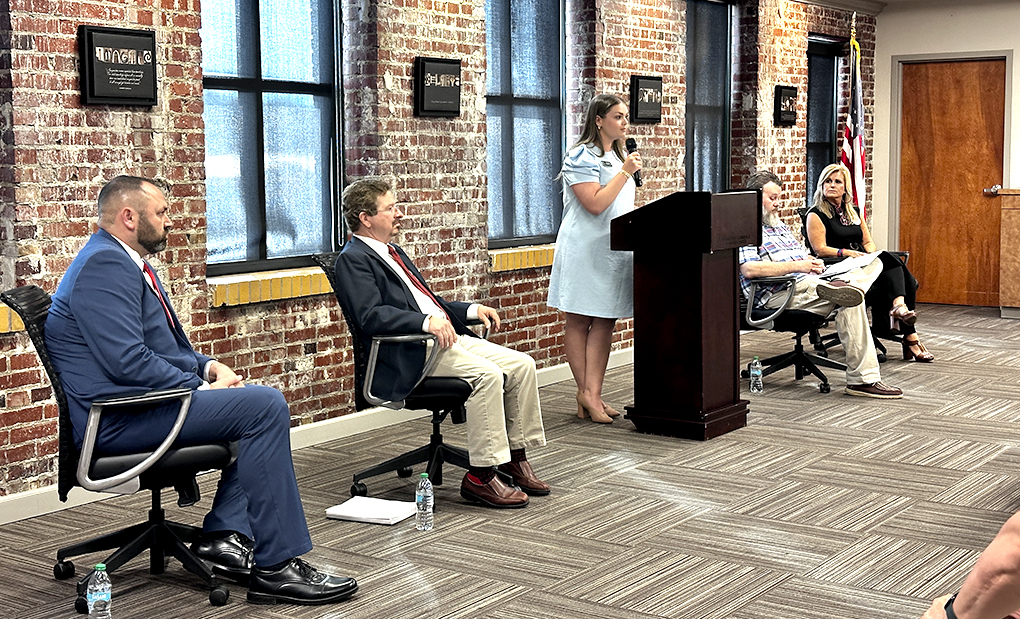Early signing changes calculus of college football recruiting
Published 10:48 pm Wednesday, July 30, 2014
College football fans have two loves – the fall season and recruiting, not necessarily in that order. Those who follow the game cannot get enough information about their team, present and future.
Thus a storm of debate at the mere suggestion of an early signing period in which recruits could submit national letters of intent to colleges ahead of the traditional date in early February. It’s an idea that an NCAA official told ESPN.com has “more momentum now than ever.”
It would seem that college coaches would embrace the chance to get top targets to ink binding agreements in the fall. If the change is adopted, college football recruiting would move to a dual framework followed by college basketball and other sports.
If anything, this would help minimize the growing practice of trying to get high school football stars to bypass “committed” status – which means little anyway – in favor of a system of locking in future athletes even before bowl season begins.
Susan Peal, the NCAA’s associate director of operations, said the 32-member Conference Commissioners Association will review a possible expansion of the signing period in June.
She thinks it has support, though questions remain over whether high school seniors would be permitted to sign in the fall, late summer or even earlier. Those who want to wait until the February of their senior years could reserve that option.
Not all coaches see the need. An earlier signing period would only add stress to the fall schedule. Coaches would face the added pressures of coaching the current team while attracting talent that wouldn’t arrive until the following year.
Which begs the question: Who does this proposal benefit?
Basketball recruits frequently endorse the idea of signing early because it allows them to enjoy their senior year without the constant focus and demands of recruiters.
From a coach’s perspective, a player who signs in the fall is one who won’t require the same level of attention over the winter. If a team recruits 10 players during the early period, its staff can focus on 15 or so prospects needed to complete the new class, instead of wondering how many verbal commitments really are solid.
Early signing has drawbacks, too. What happens when a player signs long before graduation, and in the meantime the college coach that made the offer gets fired or hired away? Is the athlete still locked into that team?
That’s critical because players in many, many cases are attracted to a program and its coaching staff, rather than the academic institution they’ll attend.
Academic eligibility could be a factor. How will high school students who haven’t qualified academically be treated under early signing provisions? Not all students achieve the necessary ACT or SAT scores the first time they take the test.
Of course, top-flight academic institutions like Stanford, Notre Dame and Duke have higher admittance standards. Coach Mike Krzyzewski seems to have found a way to make things work at Duke.
In the end, major college football powers are going to recruit the best players regardless of the system. It’s unfathomable that teams like Alabama, Ohio State or Texas might suffer because a player is given the opportunity to sign in the fall.
With this change, the intense recruiting season will start earlier in the year. Maybe an early signing period will also end the charade of college recruiting in which it’s been said that the real persuasion starts once a high school player is committed.
Recruiting college athletes is an evolving system. It wasn’t long ago that coaches recruited without Twitter, blogs or other digital portals that are now part of everyday life. Early signing seems like the next logical step.
Then again, the persuasion of 18-year-old kids by silver-tongued recruiters doesn’t always involve logic.
Tom Lindley is a CNHI sports columnist. Reach him at tlindley@cnhi.com.





